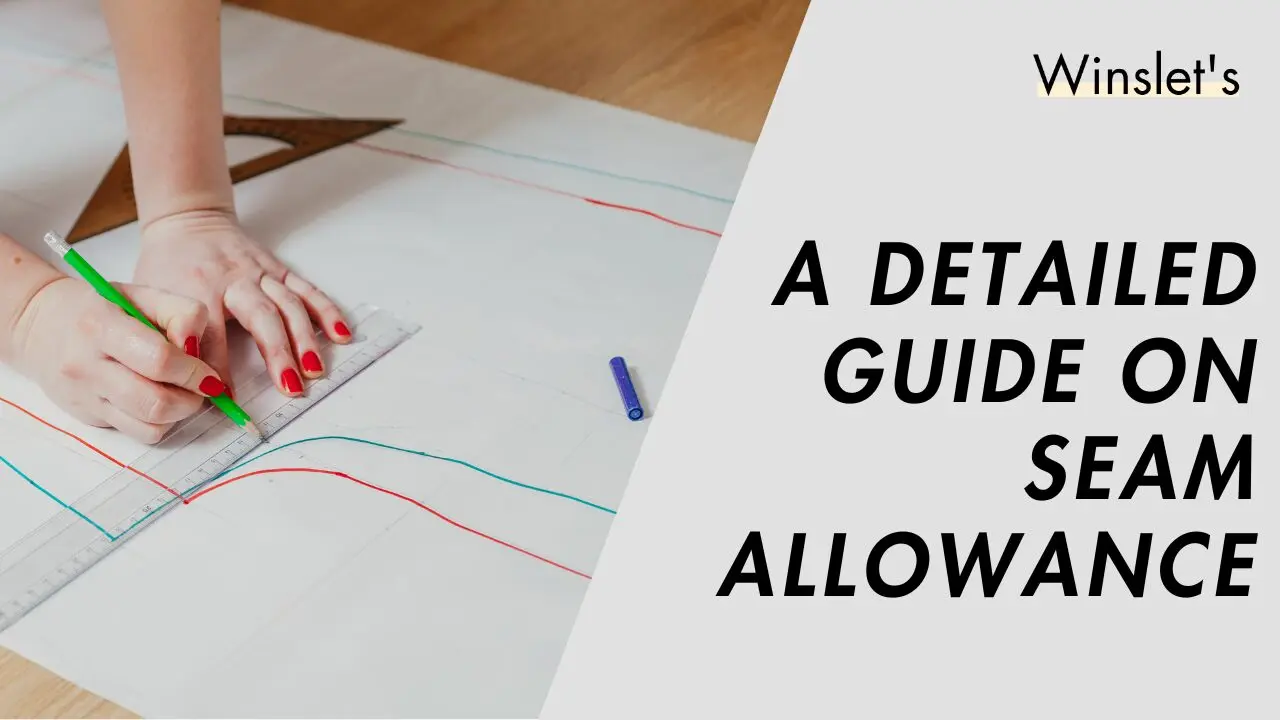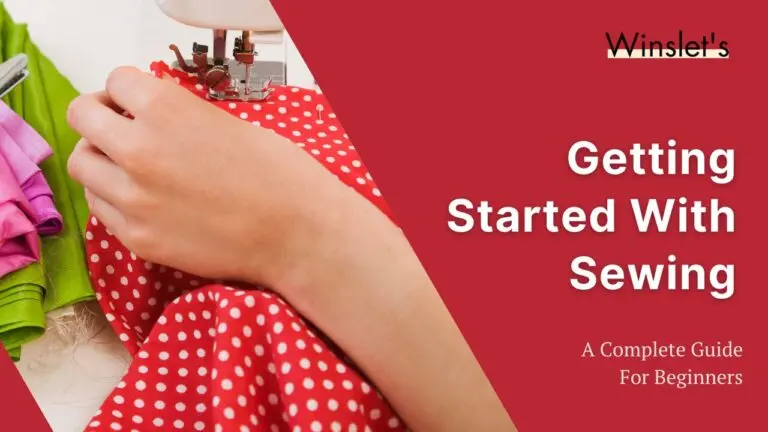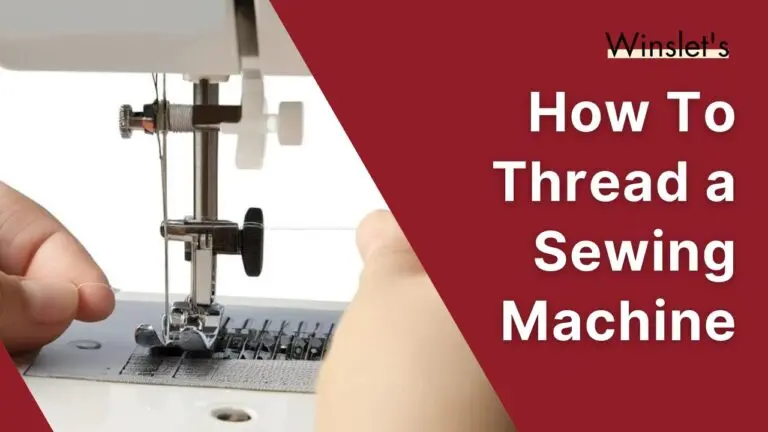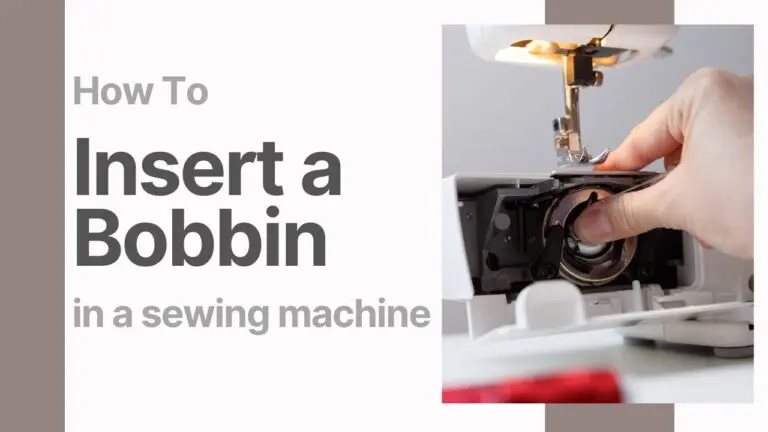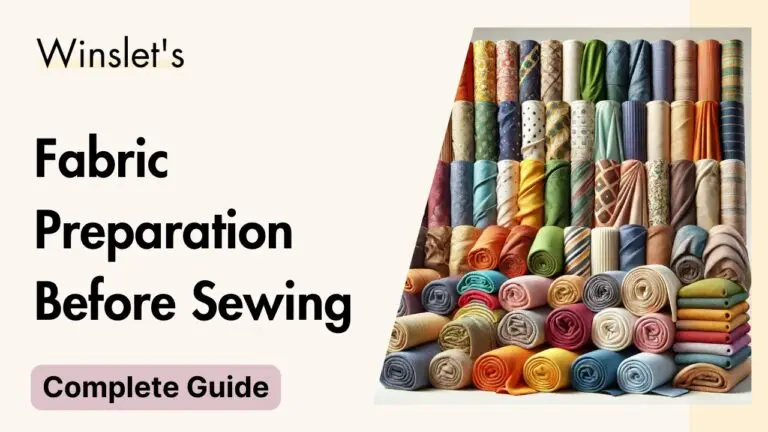Beginner’s Guide: What is Seam Allowance in Sewing?
When it comes to sewing, one of the most crucial yet often overlooked aspects is seam allowance. Seam allowances play a vital role in the fit and finish of your garments and understanding them can make a significant difference in the outcome of your projects. Let’s dive into what seam allowances are, why they matter, and how to handle them effectively.
What is a Seam Allowance?

Source: Seam Allowances
A seam allowance is the area between the fabric edge and the seam line, where the fabric is sewn together. It is the space that you leave when you sew two pieces of fabric together. This allowance is crucial because it gives you enough fabric to sew and finish the seam without affecting the overall fit of the garment.
Why Seam Allowances Matter?
- Fit and Comfort: Seam allowances ensure that the garment fits correctly. If the seam allowance is too small, the garment might be too tight or the seam might not hold properly. Conversely, too large a seam allowance can lead to a bulky seam and affect the fit.
- Seam Finishing: Proper seam allowances are essential for finishing seams. They allow you to trim, grade, and press seams without compromising the garment’s integrity.
- Consistency: Consistent seam allowances contribute to the overall appearance and durability of your garment. They help in achieving a professional look and prevent issues like puckering or uneven hems.
Standard Seam Allowances
Different patterns and sewing techniques may require different seam allowances. Here are some common allowances:
- 1/4 inch: Often used for quilting and delicate fabrics where minimal seam bulk is desired.
- 3/8 inch: Common in many commercial patterns for garments, providing a balance between ease and fit.
- 1/2 inch: Standard for most home sewing patterns, providing ample space for seam finishing.
- 5/8 inch: Often used in commercial patterns and for garments with more structure.
Tips for Working with Seam Allowances
- Follow the Pattern Instructions: Always check the pattern instructions for the recommended seam allowance. Sewing patterns are designed with specific allowances in mind for best results.
- Use a Seam Gauge: A seam gauge is a handy tool that helps you measure and mark seam allowances accurately, ensuring consistency throughout your project.
- Press Your Seams: Proper pressing of seam allowances is crucial. Pressing helps to set the stitches and shape the garment. Always press seams open or to one side as directed by the pattern.
- Consider Seam Finishing Techniques: Different finishing techniques like serging, pinking shears, or zigzag stitches can help prevent fraying and ensure the longevity of your seams.
- Make Adjustments as Needed: If you’re making alterations or working with non-standard patterns, adjust the seam allowances accordingly. Always make a muslin or sample garment to test fit before cutting into your final fabric.
Seam allowance on Winslet’s Digital Sewing Patterns
If you are sewing using a Winslet’s Digital Pattern, then please head to this article which explains how to use layered pdf patterns and customize the seam allowance if needed
Summary
Understanding and correctly using seam allowances is fundamental to sewing. They impact the fit, durability, and appearance of your garments. By paying attention to seam allowances, you’ll be able to create well-fitted, professional-looking garments that not only look great but also stand the test of time.
If you are a sewist, have a look at our recommended sewing machines: beginner sewing machines, sewing tools and notions, coverstitch sergers and overlock machines, embroidery machines and quilting sewing machines, sewing practice sheets and sewing project planner.
If you are looking for sewing patterns, here are some great options: Activewear Sewing Patterns, Plus Size Sewing Patterns, Outerwear Sewing Patterns, Jumpsuit Sewing Patterns, Coord Set Sewing Patterns, Pants Sewing Patterns, Shorts Sewing Patterns, Skirts Sewing Patterns, Dress Sewing Patterns, Top Sewing Patterns, Bodycon Sewing Patterns, Evening Dresses Sewing Patterns, Loungewear Sewing Patterns, Cottagecore Sewing Patterns, Free Sewing Pattern.
Happy Stitching.

